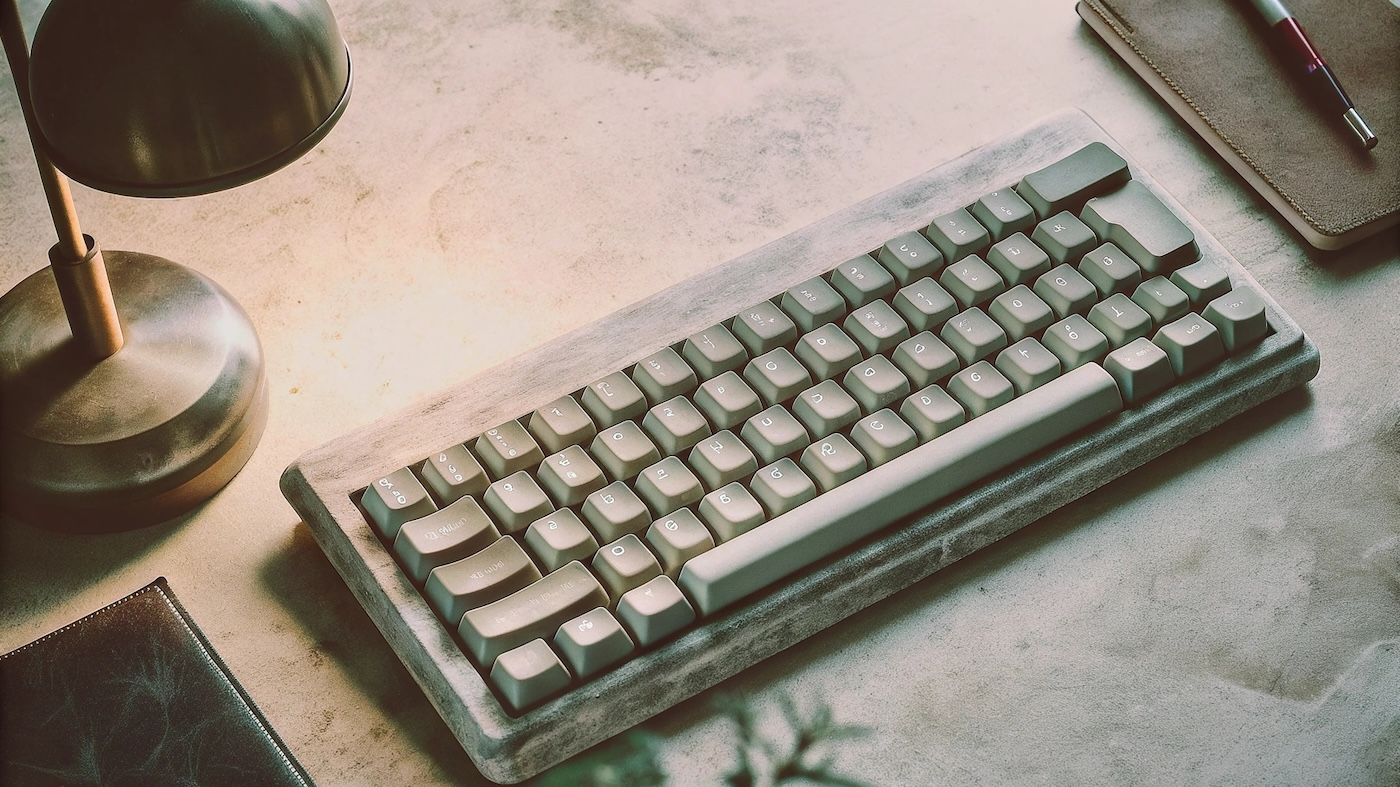

Mechanical Keyboards
/mechanical-keyboards/
Updated 2025-11-19
Looking for a mechanical keyboard that lasts? This guide breaks down how to evaluate durability, repairability, and overall typing performance so you can choose a board that will serve you for years—not just a single upgrade cycle. Mechanical keyboards are uniquely long-lived tech, but only if they use high-quality switches, rigid cases, durable PCBs, and repair-friendly designs. We highlight what really matters: switch lifespan, keycap materials, stabilizer quality, hot-swap support, open firmware, and modular components. Whether you’re a typist, gamer, programmer, or beginner exploring the hobby, this page will help you compare models confidently and avoid common pitfalls. Learn which features have the biggest impact on longevity and how to spot a truly well-built mechanical keyboard.
Compare the Best of the Best
| Product | Product | Product | Product | Product |
|---|---|---|---|---|
|
Brand
59.8%
|
Brand
54.5%
|
Brand
69.1%
|
Brand
70.0%
|
Brand
65.2%
|
|
Warranty
42.0%
|
Warranty
51.2%
|
Warranty
23.0%
|
Warranty
30.5%
|
Warranty
38.8%
|
|
Durability
81.8%
|
Durability
48.9%
|
Durability
74.0%
|
Durability
73.6%
|
Durability
32.3%
|
|
Fixability
85.8%
|
Fixability
88.5%
|
Fixability
30.2%
|
Fixability
24.0%
|
Fixability
10.5%
|
|
Function
78.2%
|
Function
70.2%
|
Function
83.8%
|
Function
80.4%
|
Function
50.1%
|
See details on our Scoring Method.
Mechanical Keyboards Shopper's Guide
Mechanical keyboards are one of the rare tech purchases where build quality directly affects lifespan. A well-made board can last for decades, surviving switch replacements, layout changes, and countless keypresses. If you're shopping for a long-lasting or even heirloom-quality mechanical keyboard, focusing on the right components matters far more than chasing flashy RGB or trendy layouts.
Durability starts at the heart of the board: the switches. High-quality switches should offer strong Switch Lifespan ratings (ideally ≥80M actuations) and consistent quality control. Just as important is the Case Material Rigidity—aluminum and steel cases resist flex and protect the internals far better than thin plastic shells. Under the surface, PCB Durability (a thick, well-soldered PCB) and Stabilizer Quality help ensure that keys stay smooth, stable, and rattle-free for years. And don’t overlook Keycap Material: thick PBT with dye-sub or double-shot legends will resist shine and fading far longer than ABS.
Where mechanical keyboards truly shine is Fixability. Features like Hot-Swap Support let you replace switches without soldering—ideal for longevity and experimentation. Good Component Modularity and Fastener Accessibility mean you can actually open the keyboard, repair parts, and clean it when needed. Open-source Firmware Openness (like QMK or VIA) ensures you’re not locked into abandoned software. Finally, broad Spare Parts Availability is a huge plus; it’s the difference between a board you keep for a decade and one you toss after a single failure.
Functionally, long-term satisfaction comes from Typing Feel, Noise Profile, and the Switch Type you choose. A well-designed plate, mounting system, and high-quality switches create a consistent, comfortable feel that won’t degrade quickly. Layout Efficiency also affects longevity—if a keyboard lacks essential keys or relies on awkward layers, it may feel limiting over time. And because large keys are often the first to develop issues, strong Stabilizer Performance helps guarantee that day-one smoothness lasts.
What to Look For in a Long-Lasting Mechanical Keyboard
- Aluminum or steel case with minimal flex
- Hot-swap sockets from trusted makers (≥100 cycles)
- Thick PBT keycaps (dye-sub or double-shot)
- Open-source firmware for future compatibility
- Replaceable PCB/plate/daughterboard
- Easy-to-open design using standard screws
Key Trade-Offs
- Weight vs portability: Metal cases last longer but are heavier.
- Hot-swap vs soldered: Hot-swap boosts repairability; soldered builds sometimes feel slightly more solid.
- Layout size: Compact layouts reduce footprint but may sacrifice long-term usability.
A mechanical keyboard built with durable materials, modular components, and open firmware isn’t just enjoyable—it’s one of the most sustainable tech purchases you can make.